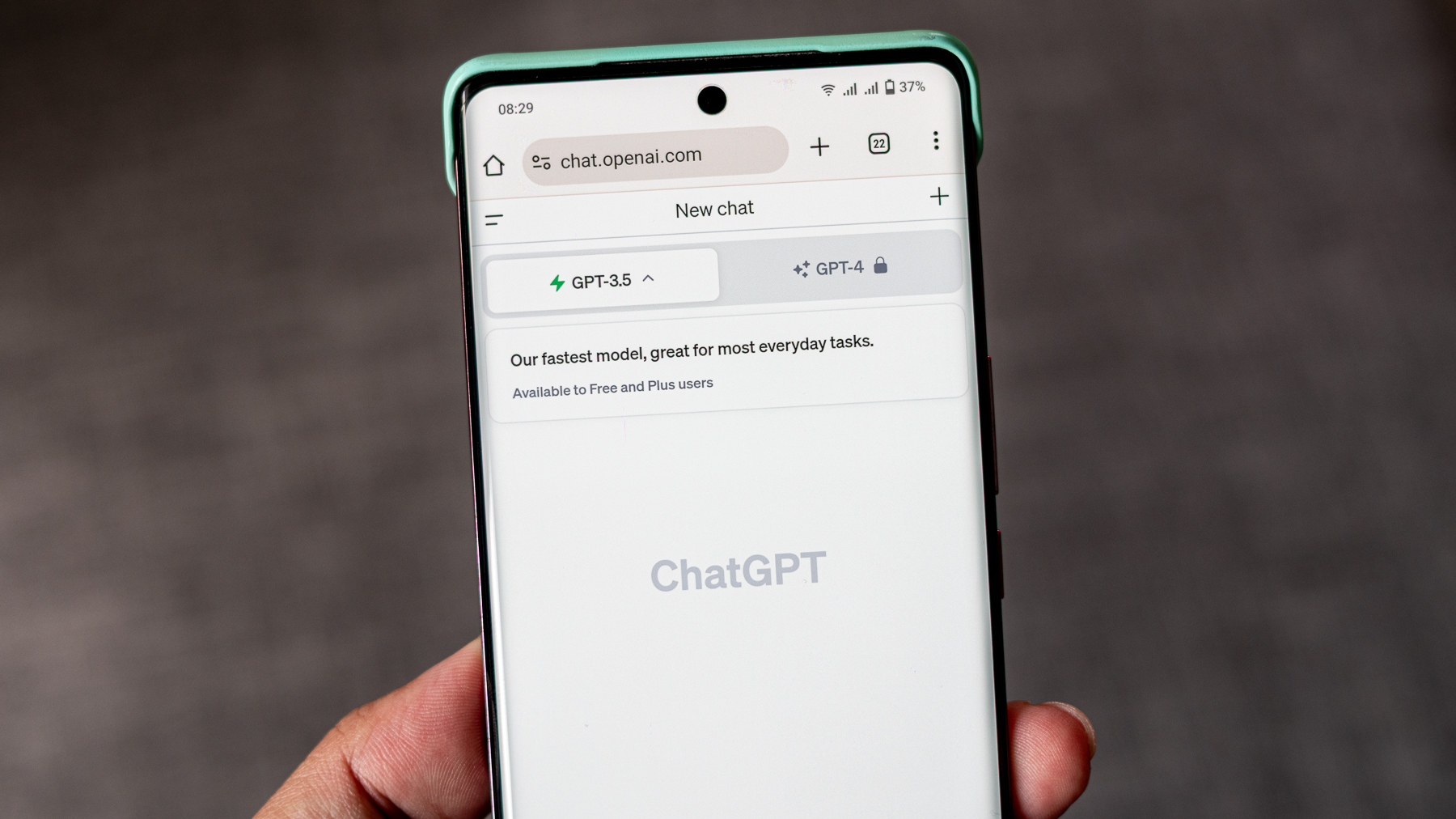OnePlus 7 vs. Xiaomi Mi 9: Which should you buy?
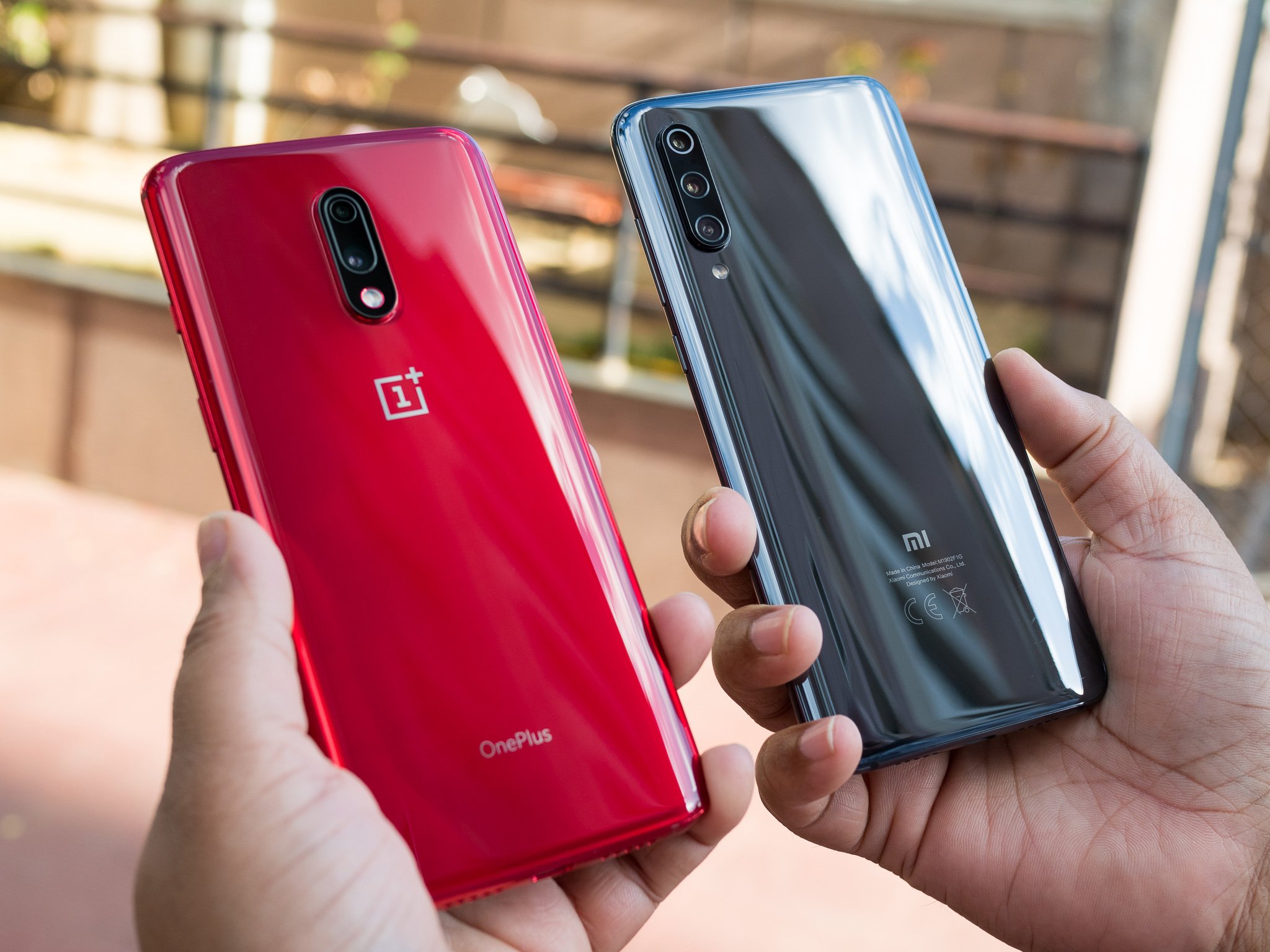
OnePlus 7
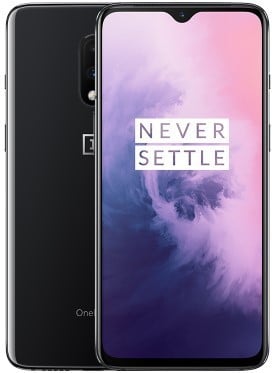
The OnePlus 7 retains the same design as the OnePlus 6T but features a few hardware upgrades that make it a great option in 2019. It's running the latest Snapdragon 855, and is the first commercial device with UFS 3.0 storage. There's also stereo sound and a 48-megapixel camera at the back. Combine all that with OxygenOS and you get one of the best phones of the year.
OnePlus 7
Redefining fast
Xiaomi Mi 9
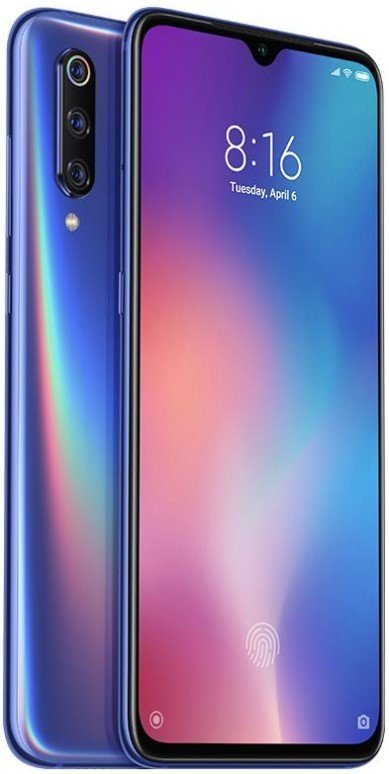
Xiaomi is no stranger to the value game, and the Mi 9 delivers on that promise while introducing a set of exciting new features. The phone is the first to feature 20W wireless charging, and it has the best camera in its category. The design has also been overhauled, and it is powered by Qualcomm's latest platform. You can't ask for much more from a value flagship.
Xiaomi Mi 9
Camera beast
Year after year, Xiaomi has rolled out new models in the Mi series that offer the same hardware as "true" flagships for roughly half the cost. In a way, Xiaomi kicked off the value flagship segment, and its devices continue to break new ground for value. The same can be said of OnePlus as well, with the company continuing its momentum in this category. Right now, these are two of the best affordable flagships around.
These phones prove you don't need to spend $1,000 on a flagship
The OnePlus 7 has the same chassis as the OnePlus 6T, but with OnePlus rolling out a new device every six months, that's not necessarily such a bad thing. The design still holds up well in 2019, and the OnePlus 7 looks every bit as premium as its £499 asking price. What has changed is the inside, with the OnePlus 7 featuring some of the latest software you'll find on a phone today.
Both the OnePlus 7 and Mi 9 look every bit as premium as the latest flagships from Samsung and Huawei.
Meanwhile, Xiaomi overhauled its design aesthetic with the Mi 9, switching to gradient colors and a curvier back. The Mi series always featured evocative designs, and with the Mi 9, Xiaomi is showing that it can deliver a phone that looks just as good as the latest flagships from Samsung and Huawei.
There are only so many ways you can design a phone with a glass back, and as a result, both the OnePlus 7 and Mi 9 are similar in a lot of areas. They both have a glossy finish at the back that picks up smudges every few seconds, and they're both sleek. In fact, the curves and overall design aesthetic are near-identical, and if you remove the camera housing and logos from either device, you'd have a hard time telling them apart.
| Category | OnePlus 7 | Xiaomi Mi 9 |
|---|---|---|
| Operating system | Android 9.0 Pie | Android 9.0 PieMIUI 10 |
| Display | 6.41-inch Optic AMOLED, 2340x1080 (19.5:9)HDR10>Gorilla Glass 6 | 6.39-inch Super AMOLED2340x1080 (19.5:9)HDR10Gorilla Glass 6 |
| Chipset | Snapdragon 8551 x 2.84GHz Kryo 4853 x 2.41GHz Kryo 4854 x 1.78GHz Kryo 485Adreno 6407nm | Snapdragon 8551 x 2.84GHz Kryo 4853 x 2.41GHz Kryo 4854 x 1.78GHz Kryo 485Adreno 6407nm |
| RAM | 6GB/8GB | 6GB/8GB |
| Storage | 128GB/256GB | 64GB/128GB |
| MicroSD slot | No | No |
| Rear camera 1 | 48MP, f/1.61.4um, OISDual Pixel PDAF | 48MP, f/1.8Dual Pixel PDAF |
| Rear camera 2 | 5MP, f/2.4 | 16MP, f/2.2Wide-angle |
| Rear camera 3 | None | 12MP, f/2.2Telephoto |
| Front camera | 16MP, f/2.0 | 20MP, f/2.0 |
| Connectivity | Wi-Fi ac 2x2 MIMO, Bluetooth 5.0AptX HD, NFC, A-GPS | Wi-Fi ac, Bluetooth 5.0AptX HD, NFC, A-GPS |
| Audio | USB-CStereo speakers | USB-CSingle speaker |
| Battery | 3700mAhNon-removable | 3300mAhNon-removable |
| Charging | USB-C at 20W | USB-C at 27W20W wireless charging |
| Water resistance | None | None |
| Security | In-display fingerprint (optical) | In-display fingerprint (optical) |
| Dimensions | 157.7 x 74.8 x 8.2mm182g | 157.5 x 74.7 x 7.6mm173g |
| Colors | Mirror Gray, Red (China and India) | Piano Black, Lavender Violet, Ocean Blue |
As for color options, there's a gorgeous Red color option of the OnePlus 7, but it's limited to China and India. Customers in the U.K. are limited to the Mirror Gray option, and that doesn't look anywhere as enticing as the Lavender Violet or Ocean Blue variants of the Mi 9. Ironically, I have the Red OnePlus 7 and the Piano Black Mi 9, so in these photos the OnePlus 7 looks much better. But if you're in the U.K. and are eyeing a device with a gradient pattern, the Mi 9 is the way to go.
Be an expert in 5 minutes
Get the latest news from Android Central, your trusted companion in the world of Android
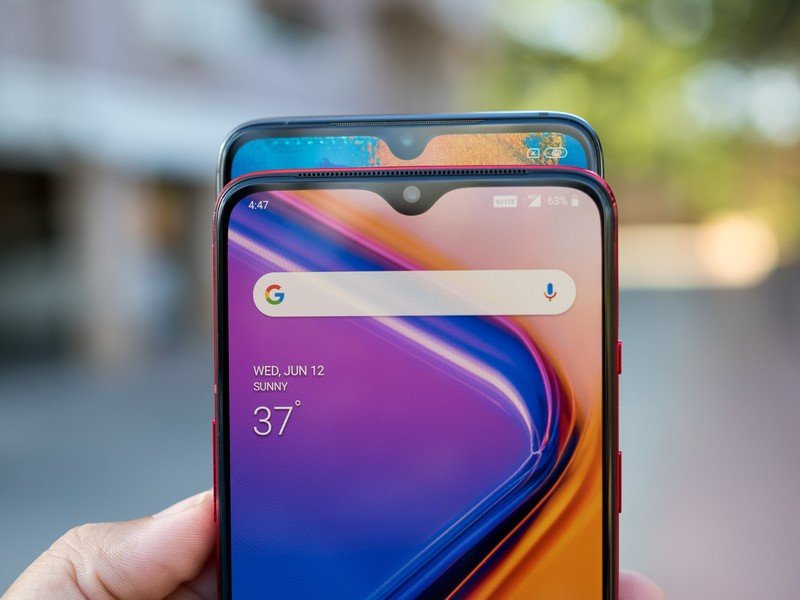
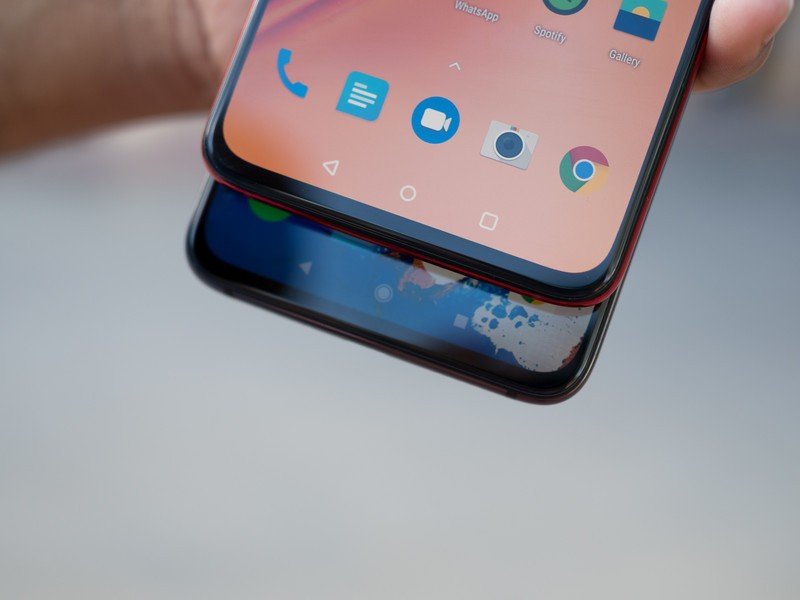
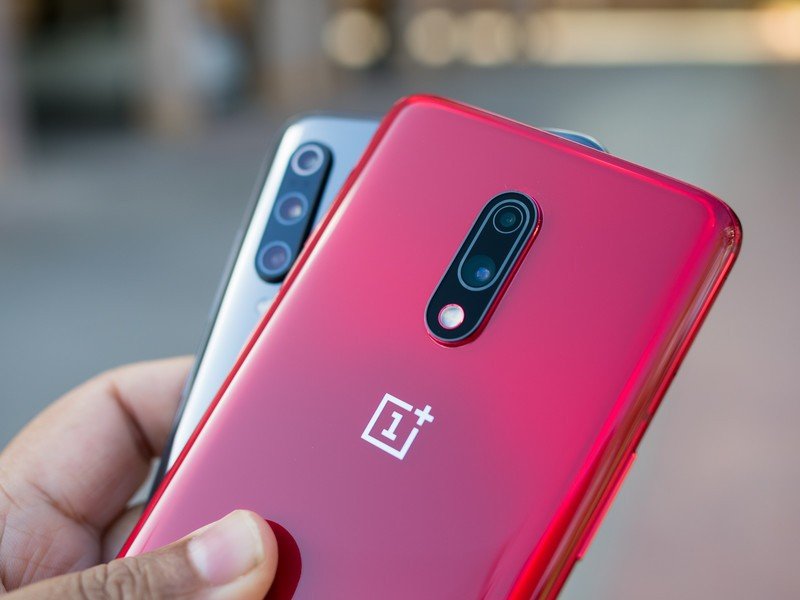
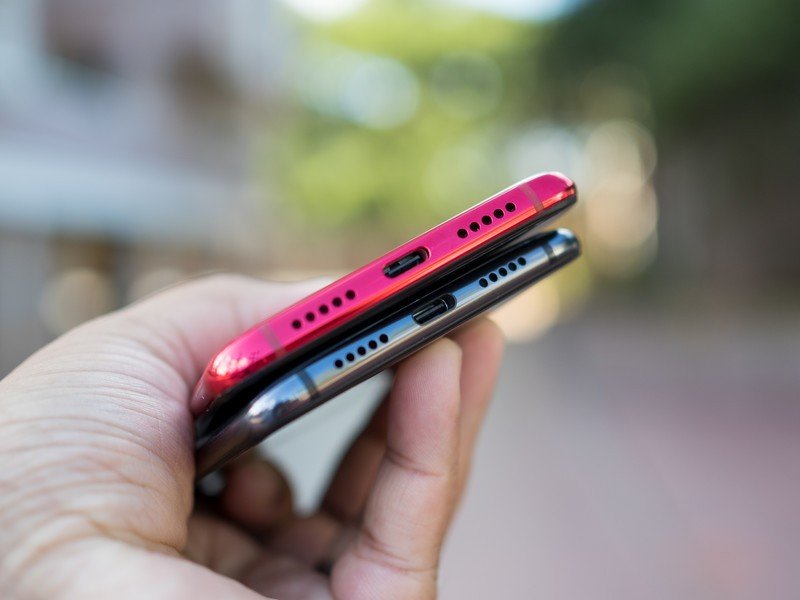

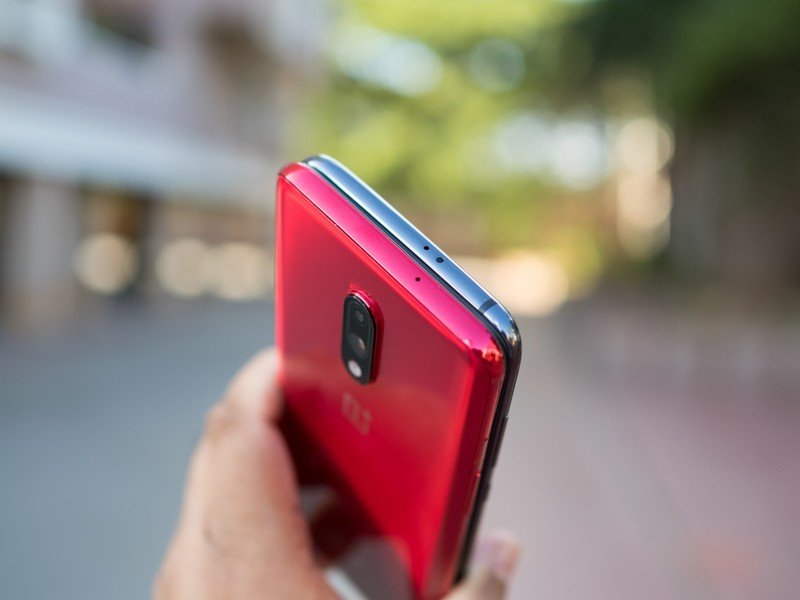
One of the few changes on the design front with the OnePlus 7 is the inclusion of stereo sound. The device has a large grill at the top that acts as a secondary speaker, and that makes a noticeable difference when streaming videos on the device. Both phones are certified for HDR10, and they both have AMOLED panels.
The display on the OnePlus 7 is marginally larger at 6.41 inches, but you get vibrant colors and great contrast from both panels. They also both sport a cutout at the top.
You're getting the latest hardware available today, with the Mi 9 offering a few extras.
Things aren't very different when we talk about the internal hardware. Both the OnePlus 7 and Mi 9 are powered by Qualcomm's latest 7nm Snapdragon 855 chipset, and simply put, they're two of the fastest devices in the market today. OnePlus has a slight advantage in that its using UFS 3.0 flash storage on the OnePlus 7, with the Mi 9 relying on the older UFS 2.1 standard.
That said, the Mi 9 has wireless charging, and the OnePlus 7 does not. So while UFS 3.0 is a welcome addition, you're not likely to notice the difference between the storage module and one that's on UFS 2.1. What you will notice is the lack of wireless charging, so in this regard the Mi 9 scores a win. What makes it even more interesting is that the Mi 9 is the first phone in the world to offer 20W wireless charging, which is just as fast as wired charging on several flagships.
In fact, OnePlus has used this as an excuse for not providing wireless charging on its devices. However, Xiaomi has proven that it is possible, and the Mi 9 paves the way forward for wireless charging as a standard.
Because these are value flagships, they lose out on a few features — there's no water resistance, no microSD slots, and no 3.5mm jack on either device. Both phones have optical in-display sensors, and they're equally matched.
Same camera sensor, but the Mi 9 takes better photos
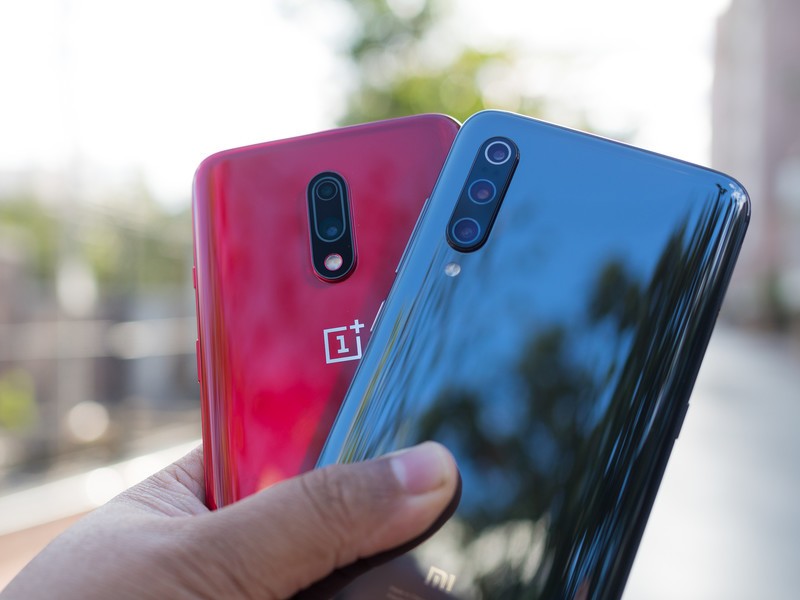
Continuing on with the similarities, the Mi 9 and OnePlus 7 have the same 48-megapixel (MP) camera sensor at the back: a Sony IMX 586. The sensor has been a mainstay on most premium devices this year, and for good reason. But as Google seems to prove with remarkable consistency, it's not the hardware that counts, but the software processing.
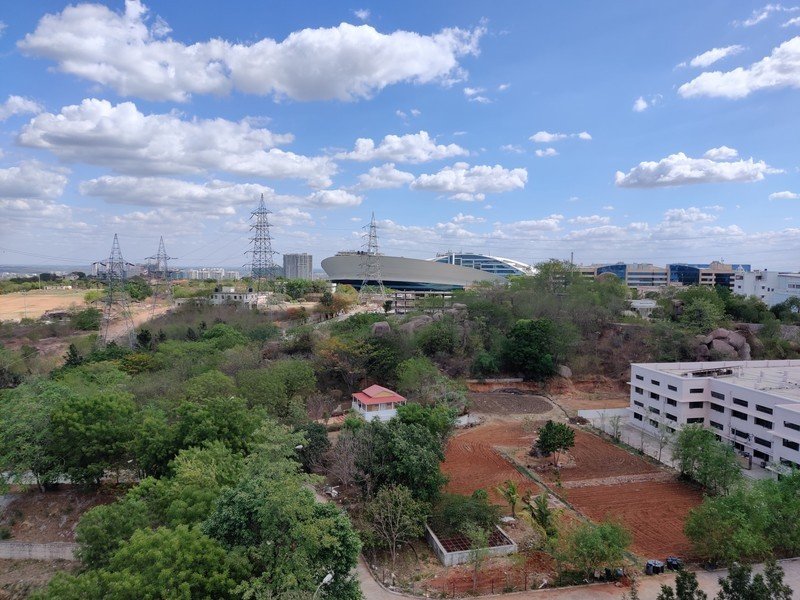
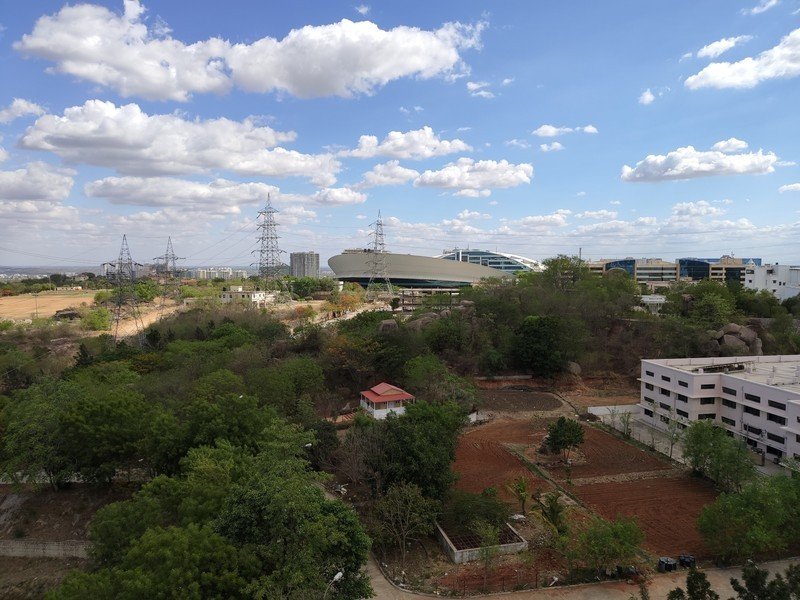


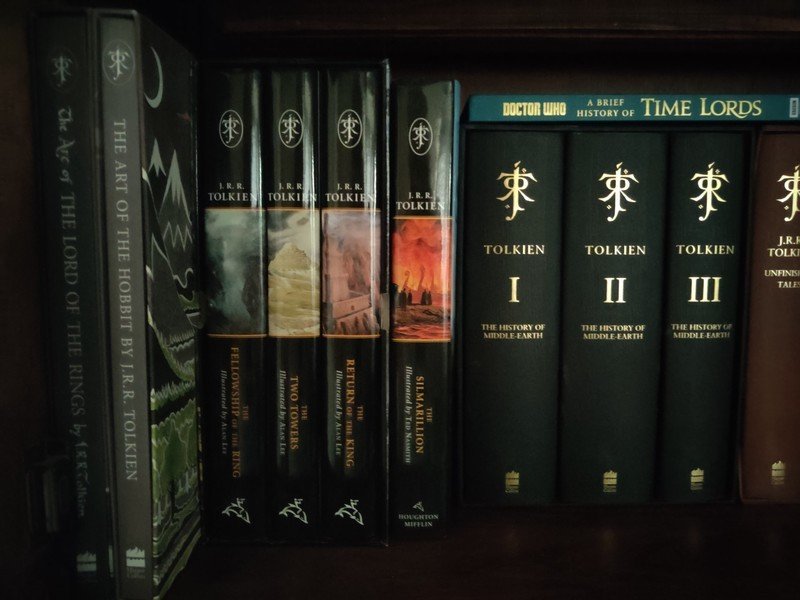
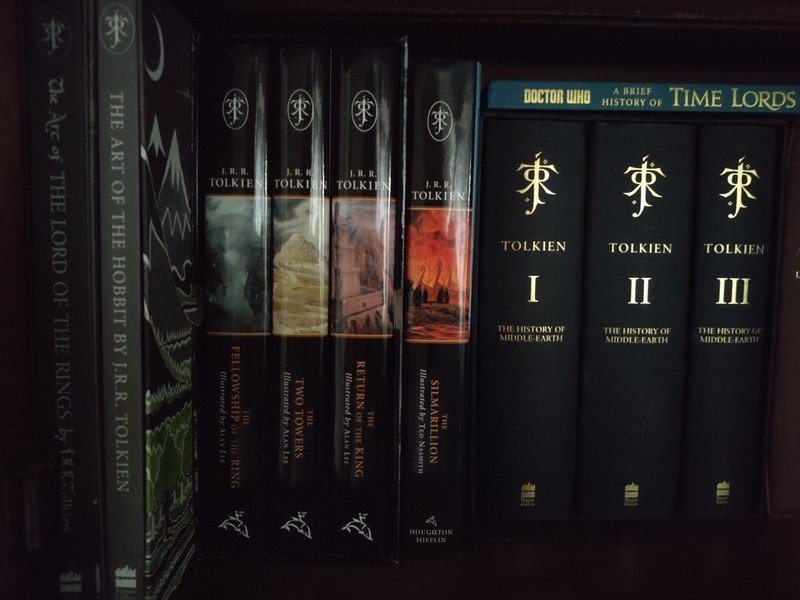
Even though both phones have the same sensor, there's a marked difference in the final image quality. OnePlus seems to be either underexposing or overexposing photos, leading to shots that look too bright — with colors that are too saturated — or images where the colors are washed out. Photos taken in low-light are prone to aggressive smoothing, leading to a loss in detail.
By contrast, the Mi 9 takes much better shots with colors that are true to life. The phone also did a better job in low-light scenarios, and in general was more consistent at delivering usable shots. OnePlus rolled out a software update to fix the camera on the OnePlus 7, and these shots were taken on that build (9.5.5). Even then, it's clear that there's a long way to go.
This isn't a new phenomenon: Xiaomi has been handily beating OnePlus when it comes to the camera side of things for several years now. For all of its advances, OnePlus just can't seem to get the formula right in this area, leading to devices that take uninspiring photos year after year.
It all comes down to the software
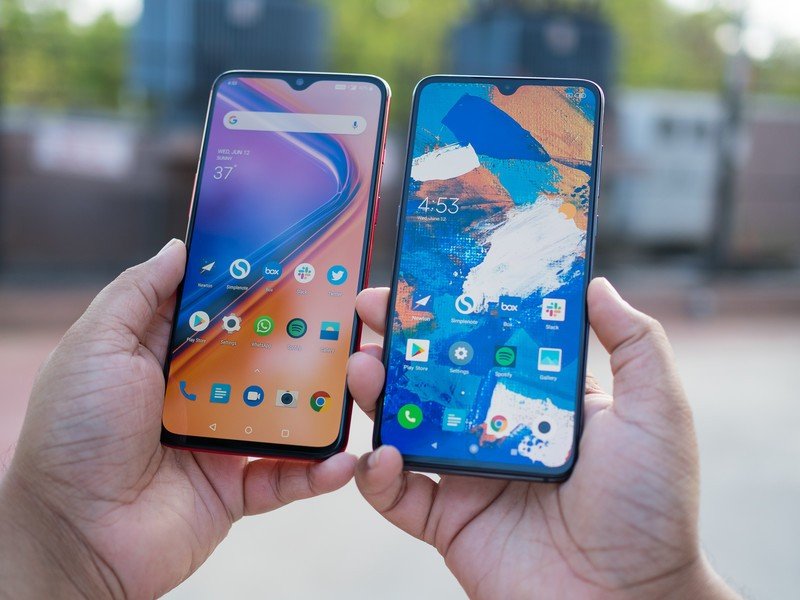
For a few years now, I've been saying that OxygenOS is the best third-party manufacturer on Android. OnePlus has done a fantastic job with the UI, with OxygenOS striking the ideal balance between customizability and ease of use.
OnePlus' true differentiation comes from software — OxygenOS is the best third-party skin around.
Sure, the camera on the OnePlus 7 isn't quite on par with what you get on the Mi 9 in spite of using the same hardware, and the Mi 9 also has 20W wireless charging. With the OnePlus 7 basically using the same chassis and a lot of the same internal components as the 6T, you get 20W wired charging and not 30W like the OnePlus 7 Pro.
Xiaomi has also done a fantastic job with the camera, and against any other device the Mi 9 would've been a no-brainer. But MIUI is still flaky at times, and the interface just isn't as fluid as what you get with OxygenOS. While Xiaomi has modernised the UI in the last two years, there's still no app drawer, and you'll have to use a third-party launcher to get around some of the more basic issues.
At the end of the day, it's the software that differentiates the OnePlus 7. It isn't that hard to include the latest hardware in a phone and sell it at near-manufacturing cost — the real effort is in offering a software experience that users actually enjoy. And in that regard, no one comes close to OnePlus.

All-new internals, same great software.
The OnePlus 7 may not have a new design, but it still looks premium in 2019, and the upgrades on offer make it an excellent choice in this segment. The hardware is the latest you'll find, but it's the software that truly sets the device apart. OxygenOS is the best third-party skin in the market today, handily beating MIUI and other Chinese ROMs.

Xiaomi's best-ever camera backed by robust hardware.
The Mi 9 has a gorgeous new design that makes it look just as premium as the Galaxy S10 or P30 P30, and it's also running the latest hardware. The camera is one of the best you'll find in this category, and you get 20W wireless charging. That said, MIUI still has its share of bugs, and the softtware expereince isn't as polished as the OnePlus 7.

Harish Jonnalagadda is Android Central's Senior Editor overseeing mobile coverage. In his current role, he leads the site's coverage of Chinese phone brands, networking products, and AV gear. He has been testing phones for over a decade, and has extensive experience in mobile hardware and the global semiconductor industry. Contact him on Twitter at @chunkynerd.
